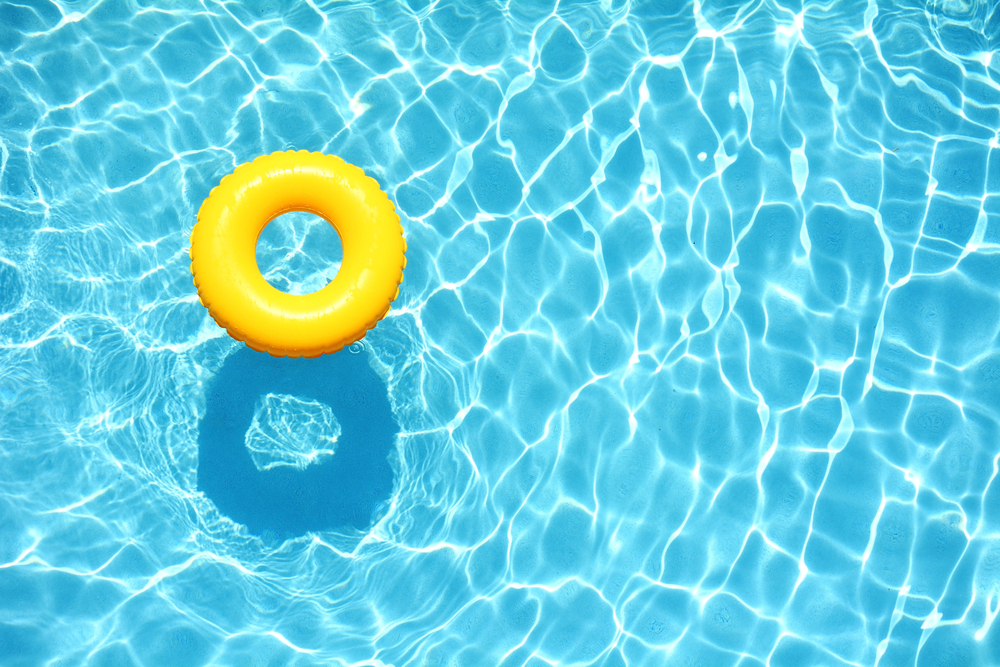Boy Dies Days After Swimming: What Is 'Dry Drowning'?

A 4-year-old boy in Texas died recently, nearly a week after he went swimming, from what his parents were told was "dry drowning." But what exactly does this mean?
The boy, Frankie Delgado, was playing in the waters of the Galveston Bay when he was knocked down by a wave, according to CNN. Initially, the boy seemed all right. But the next day, he began vomiting and having diarrhea. Nearly a week later, the boy said he had shoulder pain, and later, during a nap, he stopped breathing. Although he was rushed to the hospital, doctors were unable to resuscitate him, CNN reported. [5 Tips for Safe Summer Swimming]
Doctors said they found fluid in Frankie's lungs and around his heart, and they told his parents that he died of "dry drowning," according to CBS affiliate KHOU-TV. However, the official cause of his death has not been released by the county coroner.
Dry drowning occurs when, after being submerged in water, a person's vocal cords experience a spasm and close, making it difficult to breathe, said Dr. Mike Patrick, an emergency-medicine physician at Nationwide Children's Hospital in Columbus, Ohio, who was not involved in the boy's care. When this happens, the body's response is to send fluid to the lungs to try to open up the vocal cords. But this can lead to excess fluid in the lungs — a condition called pulmonary edema. Symptoms of dry drowning usually start within an hour after a person is submerged in water, Patrick said.
Another uncommon way people can drown some time after being submerged in water is called "secondary drowning." In this case, water dilutes or washes out the lungs' surfactant, a slippery substance that's needed to prevent lung sacs from sticking together and collapsing, Patrick told Live Science. Without the surfactant, the lung sacs start to stick together, and the body can't properly exchange carbon dioxide and oxygen, Patrick said. This causes the same shock response as dry drowning — the body sending fluid to the lungs — resulting in pulmonary edema. Symptoms of secondary drowning usually start within 24 hours after a person is submerged in water, he said.
Both dry drowning and secondary drowning are rare, Patrick said, affecting only about 5 percent of kids who have a "near-drowning" experience, in which they are submerged in water and have trouble breathing but are revived.
Doctors recommend that, if a child is submerged in water, parents should keep a close eye on the child for 24 hours following the submersion. If the child experiences respiratory symptoms such as difficulty breathing, wheezing, coughing or chest discomfort, they should get the child medical attention right away, said Patrick, who also hosts the parent-advice podcast PediaCast.
Sign up for the Live Science daily newsletter now
Get the world’s most fascinating discoveries delivered straight to your inbox.
Delgado's family has set up a GoFundMe account to help with expenses for his funeral. "There are no words to describe how heartbroken we are over the passing of Baby Frankie," the page says. "He was loved by so many people … the world lost a beautiful soul."
Original article on Live Science.

Rachael is a Live Science contributor, and was a former channel editor and senior writer for Live Science between 2010 and 2022. She has a master's degree in journalism from New York University's Science, Health and Environmental Reporting Program. She also holds a B.S. in molecular biology and an M.S. in biology from the University of California, San Diego. Her work has appeared in Scienceline, The Washington Post and Scientific American.









